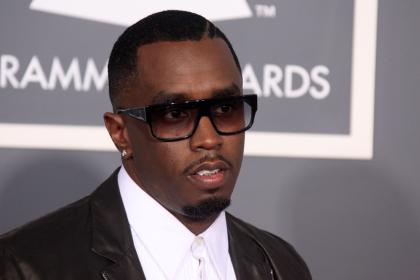It’s because gynecologists are the gatekeepers of women’s health. They are surgeons, and surgeons like to operate. Even recent procedures touted as a less invasive option to hysterectomy, like the Acessa procedure, still involve surgery.
Patients who undergo UFE are not subjected to any surgery. UFE patients are discharged the same day as the procedure with just a Band-Aid at the top of the right leg (or left wrist). The recovery at home is five to seven days, with most patients back to work by one week. Unlike Acessa or traditional surgical myomectomy, it treats all of the fibroids in the uterus and, therefore, the recurrence rate is much lower than either of these procedures. Because UFE is nonsurgical, it is much safer than the surgical choices. UFE is also covered by all insurance companies, whereas many insurance companies consider Acessa an experimental surgery, as it is relatively new without any long-term data.
Bottom line: If you’re suffering with uterine fibroids, you need to get an opinion from the doctors who perform UFE. They’re interventional radiologists. Interventional radiologists are physicians who are specifically trained in image-guided procedures that replace traditional surgeries (like hysterectomy or myomectomy) for the treatment of medical conditions all over the body. They’re the inventors of angioplasty and stents, which have replaced a lot of the surgical open-heart, aneurysm repair, and peripheral arterial bypass procedures.
How does UFE work?















